Looking for some interesting facts about Sicily? From sonnets to the Godfather, these fascinating fun facts about Sicily will keep you entertained. Let’s go.
Interesting Facts About Sicily
Every schoolchild knows about to spot Sicily on a map. It’s being booted into the water by mainland Italy. But how about after that?
I know that when I first visited Sicily I had only a hazy knowledge of how much the island had going on.
Don’t make my mistake. Educate and even surprise yourself with these curious, fun facts about Sicily.
Sicily is Bigger than you Think
It might surprise you to know that Sicily is home to more than five million people. That’s more than many countries in the EU. The population is spread over 9927 square miles, or in driving terms, two hours from north to south and just under four hours east to west.
And Closer to Italy than you Think
With a culture and character of her own, you might be surprised at how close Sicily is to the mainland. Just one and a half miles of Mediterranean blue separate the island of Sicily from Calabria in southern Italy. It’s called the strait of Messina and plans are under constant discussion about whether or not it makes sense to build a bridge there.
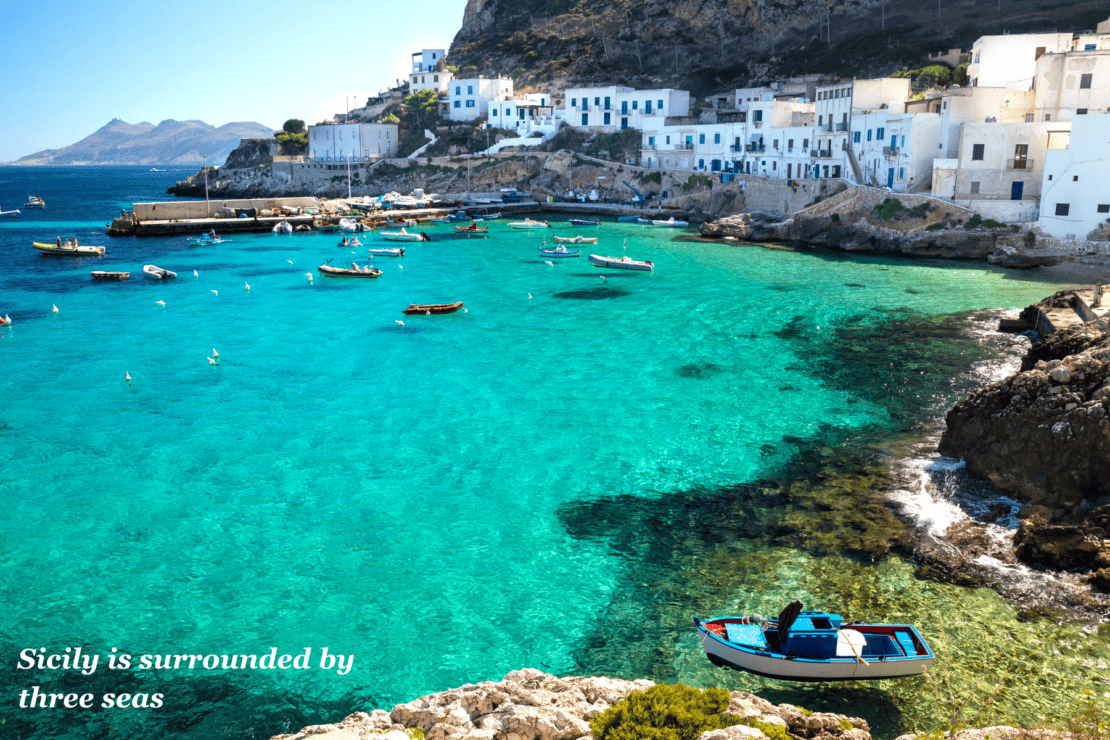
Sicily is Surrounded by Not One, Not Two, but Three Seas
Speaking of seas, Sicily has three of them. The Tyrrhenian Sea, the Mediterranean Sea and the Ionian Sea. It’s one of the features that makes it so suitable for coastal activity and beach holidays. It’s also one of the factors that can make it harder to fit into a standard 10 day Italy itinerary. Plan for a standalone holiday in Sicily, rather than trying to fit it into a road or rail trip.
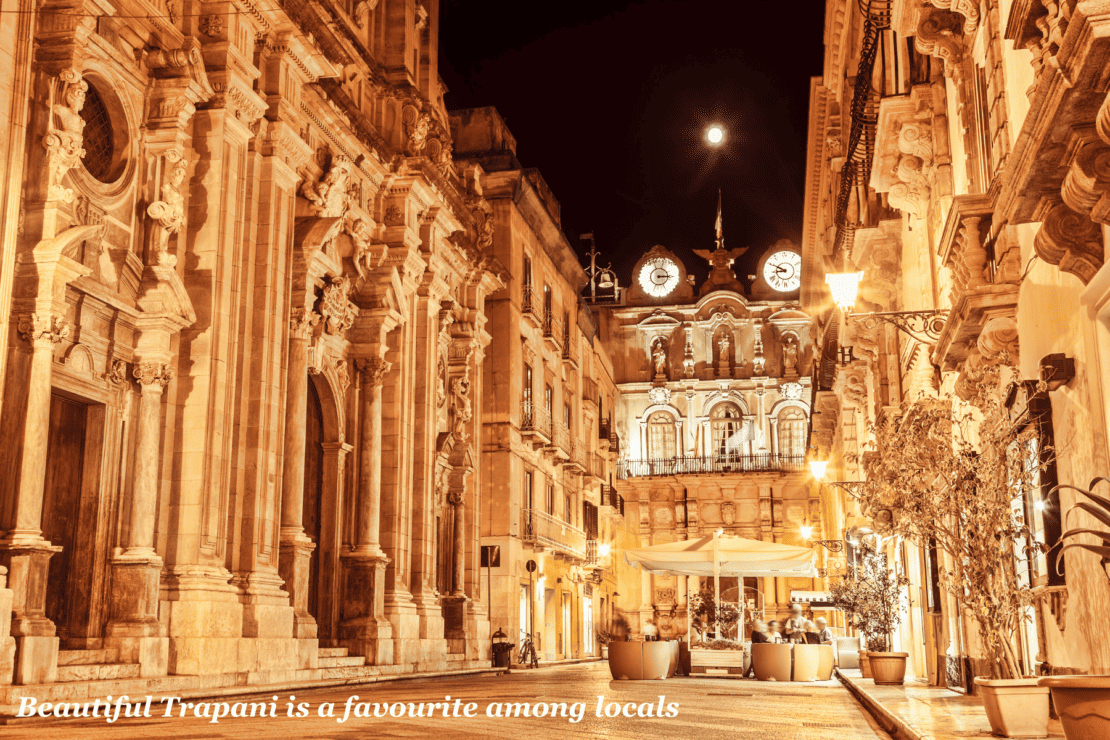
Locals Prefer Trapani
Trapani is a small city with an atmospheric old quarter. It’s the main hub of the west coast of Sicily and has its own airport with connections to the mainland. It’s popular with Italians but still something of a secret to foreigners, who tend to head elsewhere on the island.
Sicily Has the Largest Opera House in Italy (and a Godfather Connection)
Built in 1897, the Teatro Massimo in Palermo is the largest opera house in Italy. It was also the backdrop for the climax of the Godfather Part Three, in case, like me, you like to know these things!
Sicilian is a Language
You’ll hear many different languages on this island. Sicilian and Italian, for sure, but also French, German, Arabic and Romanian.
Sicily Gave the World Sonnets
Local poet Giacoma da Lentini invented the structure of the sonnet in the distant days of the 13th century. The idea caught on and subsequent poets Petrarca and Dante Alighieri expanded and exported the genre in the century that followed.
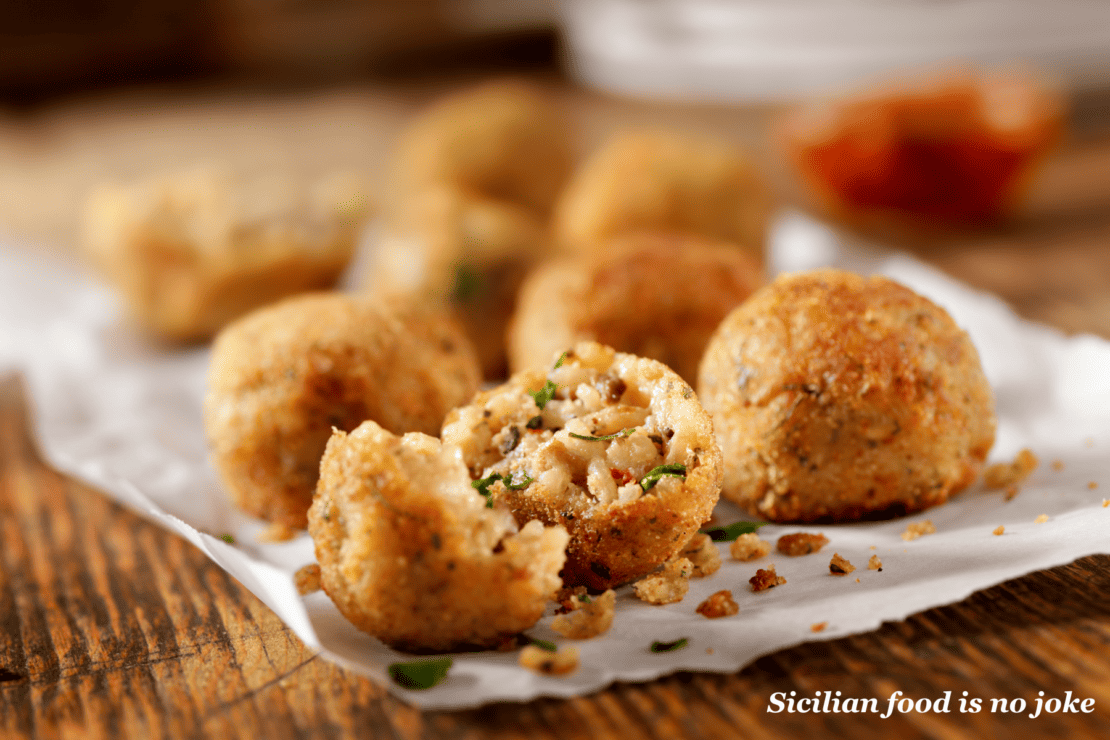
Sicilian Food Has its Own Hit List
Move over pizza from Naples and spaghetti a la Bolognese. Sicilian bites include arancini, balls of piping hot rice, and sfincione, a type of pizza involving caciocavallo cheese, anchovies and onions.
Capital Palermo Wins Awards
Forbes named Palermo the capital of Street Food back in 2015 and in 2018, Palermo scooped up the cultural capital of Italy designation.
Steeped in history, Palermo’s origins trace back to Phoenician and Carthaginian settlements, with subsequent influences from the Greeks, Romans, Arabs, Normans, and Spanish. This tapestry of civilisations is vividly reflected in the city’s architecture, where Arab-Norman structures, such as the renowned Norman Palace and the Palatine Chapel, coexist with Byzantine mosaics and Baroque churches.
The historic district of Palermo, with its narrow alleys and lively markets like Ballarò and Vucciria, provides an authentic glimpse into daily life. The city is also home to the impressive Cathedral of Palermo, the bustling Quattro Canti square, and the Teatro Massimo, one of Europe’s largest opera houses. Palermo’s cuisine further mirrors its diverse heritage, offering a delectable fusion of flavors from North Africa, the Middle East, and Southern Europe.
Sicily Has Known Many Invaders
The Greeks, Romans, Phoenicians and Normans have all claimed Sicily as their own over the years and left their mark behind. It’s pretty easy to see why so many people wanted her: a strategic location between Europe and Africa, beautiful beaches, mountainous interior and some great Sicilian wine.
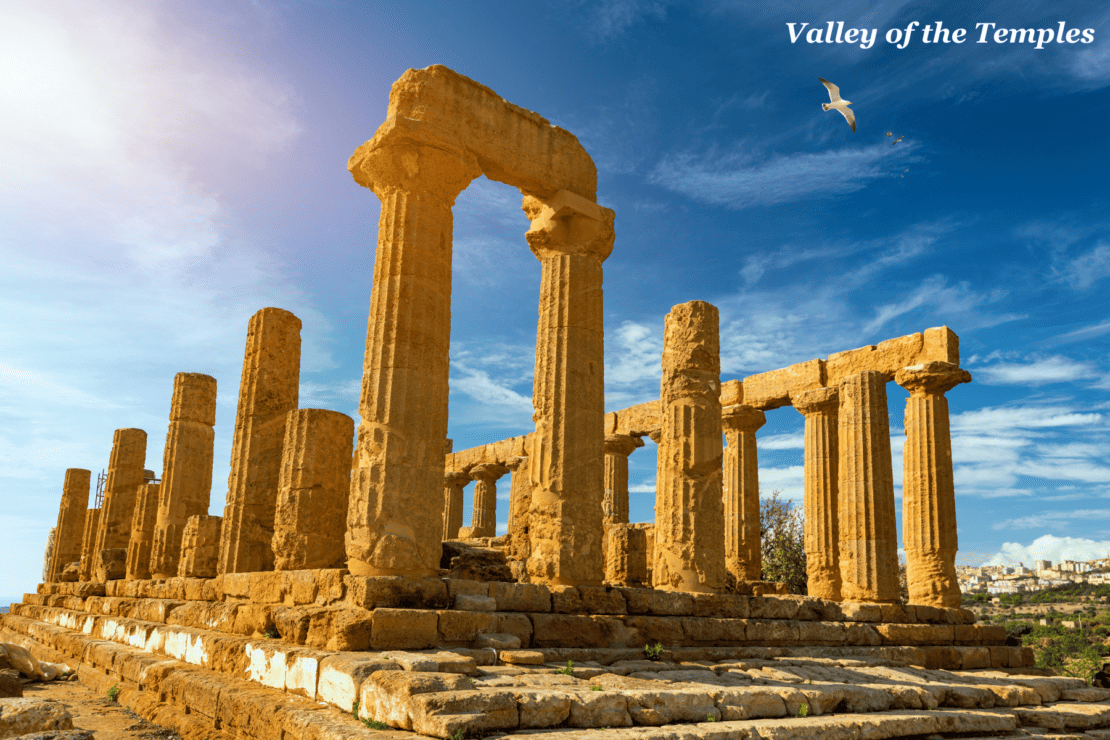
Sicily Has Some of the Best Preserved Greek Ruins in the World
The Valley of the Temples is a UNESCO World Heritage site and a great place to see history you can touch.
Located in Agrigento, it encompasses an area of approximately 1,300 hectares. This archaeological park is home to a stunning collection of well-preserved Doric temples, built during the 5th and 6th centuries BCE. The most iconic among them is the Temple of Concordia, renowned for its exquisite architectural design and impressive state of preservation.
Other notable structures include the Temple of Juno, Hercules, and Olympian Zeus, each contributing to the Valley’s status as one of the most outstanding examples of ancient Greek art and culture.
The site also features remnants of fortifications, sanctuaries, and necropolises, offering a comprehensive glimpse into the daily life and religious practices of the ancient inhabitants.
Sicily is an Autonomous Region Within Italy
As the largest island in the Mediterranean Sea, Sicily stands out. She is also one of Italy’s five autonomous regions out of the twenty regions in Italy.
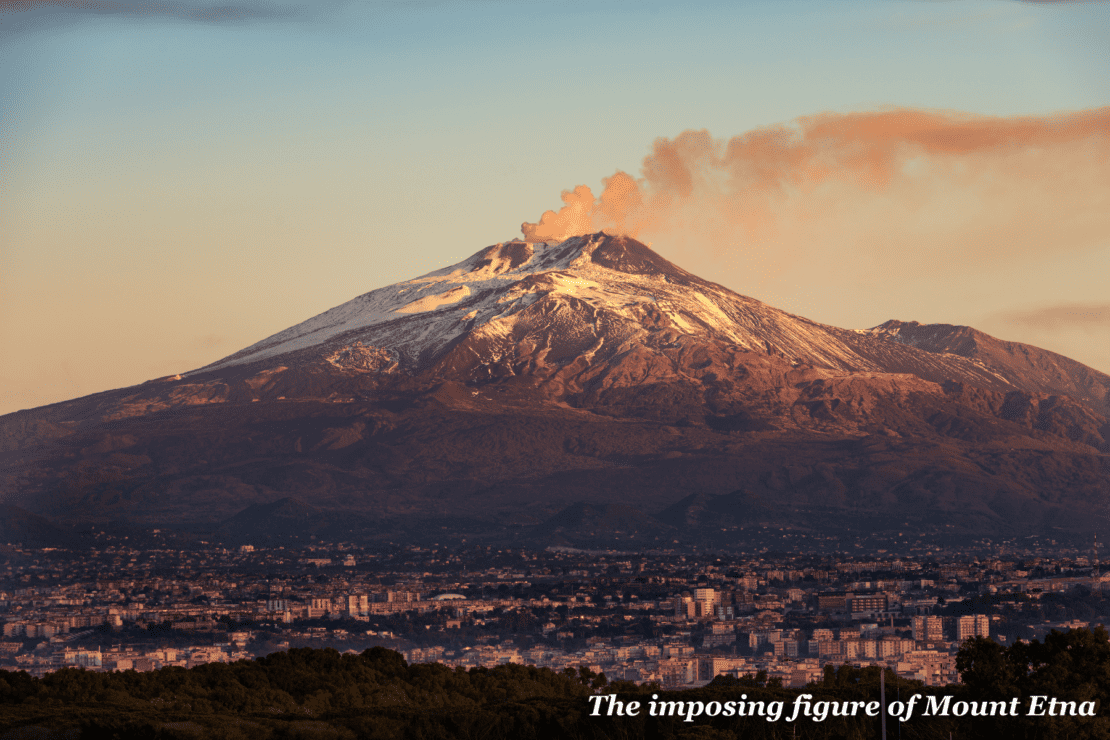
Sicily Has an Active Volcano
Mount Etna ranks as the highest peak in Italy south of the Alps and the highest active volcano in Europe (outside the Caucasus.) It’s 3326 metres high and covers an area of 459 square miles. It last erupted in 2013, with an extended eruptive period since then.
The ascent to the summit offers truly breathtaking views of Sicily’s landscapes, showing everything from forests to barren lava fields. Guided tours enable you to navigate volcanic craters, witness steaming fumaroles, and, if you’re fortunate, catch sight of safe eruptions from a distance.
Keep in mind that the duration of the climb varies depending on your chosen route, with hikes ranging from a few hours to a full day. Additionally, there are options like cable cars and off-road vehicles, which can expedite the journey.
Either way, it’s hiking boots required.
FAQs about Sicily
Is Sicily a country?
No, Sicily is an autonomous region within Italy.
How does Italy differ from the rest of Italy?
Geographically, Sicily stands apart due to its island status. The landscape is marked by the imposing Mount Etna, Europe’s most active volcano, and diverse terrains ranging from fertile plains to rugged mountains.
Culinary traditions also set Sicily apart, with its own array of delicious dishes influenced by its history and geography. Sicilian cuisine often features seafood, citrus fruits, olives, and almonds, showcasing the island’s agricultural richness.
Additionally, there’s a sense of regional identity and autonomy on the island. The concept of Sicilian identity is strong, and the island has a degree of autonomy in managing certain local affairs, particularly in comparison to some other Italian regions.
More About Italy
- Why Rimini Old Town deserves your time
- The Italian landmarks you need to see
- The San Marino travel guide
- Unusual things to do in Rome
- Your perfect Amalfi Coast itinerary
- Hidden gems in Tuscany
- The best secret spots in Venice
- How to get off the beaten path in Italy
- The best Italian souvenirs
- The best things to do in Umbria
- Where to eat in Trieste
